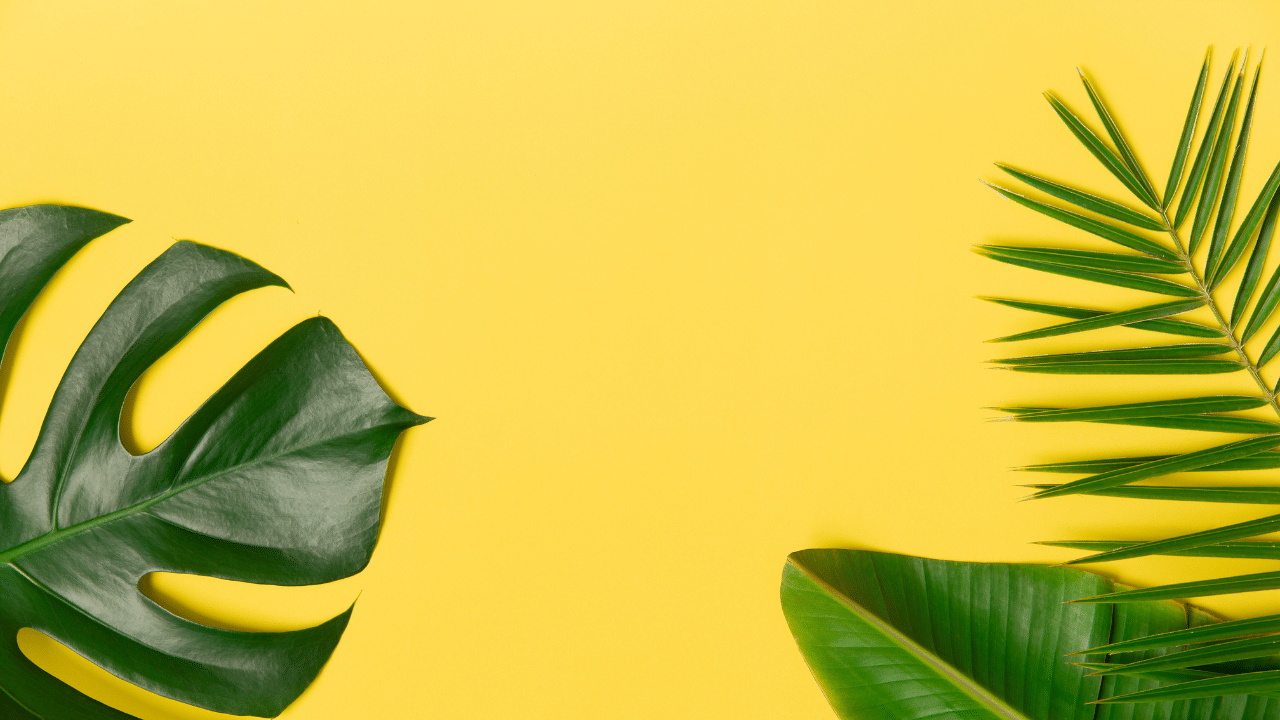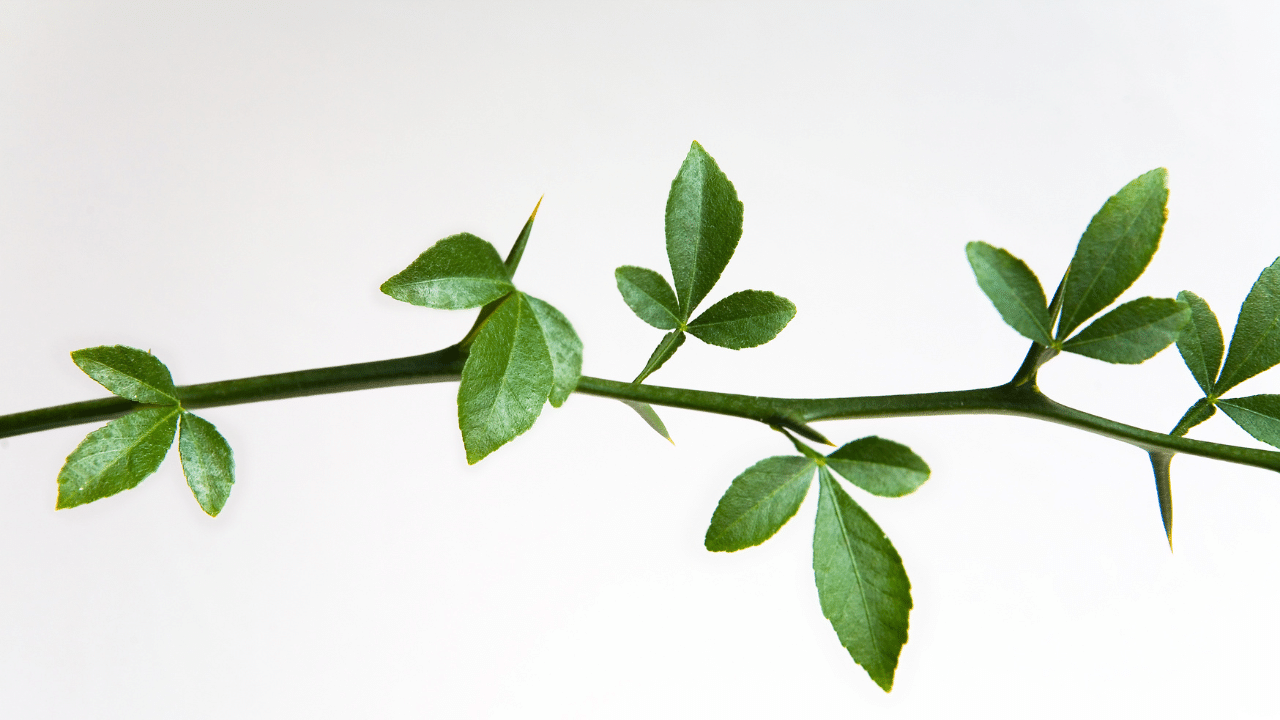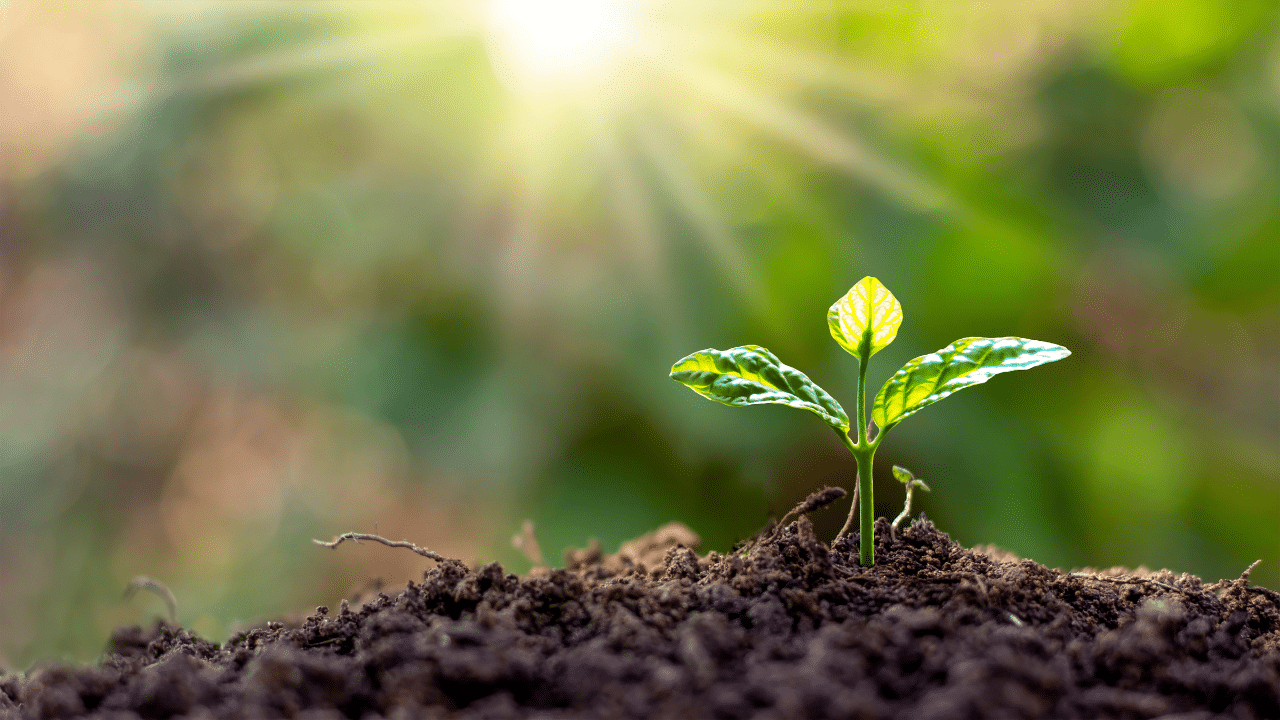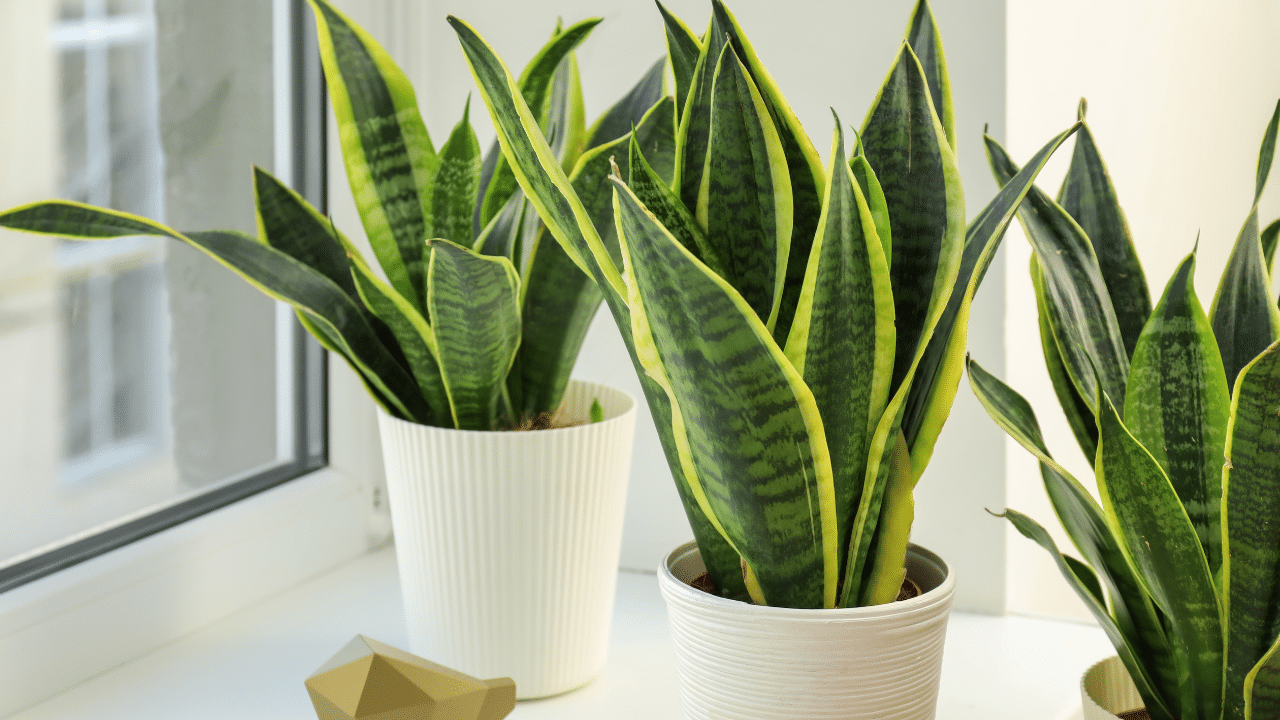Adverts
Have you ever found yourself admiring a plant and wondering what its name is? With plant identification apps, this question can be answered in the palm of your hand! But how do you choose among so many available options? In this article, we will explore essential criteria that you should consider when looking for the best plant identification app. We will evaluate the accuracy of the apps, the extra features that make a difference, and the opinions of users that can guide your decision. Let's go on this botanical journey together?

Seek App
How to choose the best app to identify plants?
When choosing a plant identification app, it is essential to consider some fundamental criteria. First, accuracy and reliability of the app. Check other users' reviews about the accuracy of the identifications and whether the app uses robust databases. Apps like iNaturalist, which rely on a community of scientists, provide a more reliable information exchange environment.
Adverts
Second, take into account the extra features. Applications like NatureID go beyond identification and provide valuable information about the care the plant needs, such as water, light and fertilizers. These features can be decisive, especially for those who are just starting out in the world of plants.
Another important consideration is the user interface. An app that’s easy to use will increase your efficiency. See if it has a built-in camera for instant photos, like Seek, which also offers challenges to engage users. This can make the experience more fun and educational.
Adverts
Also consider the range of species the app identifies. Some options, like LeafSnap, claim to recognize a wide range of plants, which is ideal if you travel or are interested in global biodiversity. On the other hand, if you’re only interested in local plants, you might find a more focused app like Flora Incognita more appropriate.
Finally, be sure to check out the Petz blog for tips and reviews of various applications available on the market. This research can make your choice much easier!
What are the best plant identification apps available?
There are several great plant identification apps out there, each with its own unique features. Here are some of the best ones currently available:
Seek is a fun option that not only identifies plants, but also animals. Using the smartphone camera, the app features a gamified interface, where users can earn badges and participate in challenges while exploring different species.
PlantNet, in turn, is aimed at identifying non-ornamental plants or horticultural plants. It analyzes photos taken by users, using its vast database to provide the correct identification instantly. It is ideal for those looking for practical information about everyday plants.
In support of scientific research, the iNaturalist stands out. With an active community of over 400,000 scientists and naturalists, the app allows users to record observations that enrich the database and contribute to studies on flora. It's a great way to interact and collaborate with science.

iNaturalist
LeafSnap claims to recognize up to 90% of the world's plant species, done through user-submitted photos. It's perfect for those who want to learn more about global flora in an interactive way.
If the focus is on taking care of the plants, the NatureID is the ideal choice. It provides detailed information about water, light and fertilizer needs, as well as setting maintenance reminders.
Finally, the Flora Incognita focuses on the flora of Central Europe, assisting users with details on toxicity, characteristics, habitats and conservation status of over 4,800 species, featuring over 10,000 images.
To learn more about these apps and how they can help you, you can check out this link.
What do user reviews say about plant apps?
User reviews are crucial when it comes to choosing a plant identification app. They provide real insight into the user experience, effectiveness, and reliability of the apps. For example, users may praise an app for its intuitive interface or criticize its inaccuracy in identifying plants. These reviews help paint a clearer picture of what to expect from each app and may influence your decision to download it.
In reviews, pros and cons often mentioned include ease of use and the diversity of plants identified. Apps like Seek, which identifies both plants and animals, often receive good marks for their interactive functionality. In contrast, PlantNet is praised for its robust database, but some users point out that it can fail to recognize ornamental plants.
User experience is also a determining factor in ratings. An app with an active community, like iNaturalist, can stand out for its ongoing support and learning about flora, which can increase user satisfaction.
Finally, consult the plant app reviews can provide valuable insights and help you choose the tool that best suits your needs. Remember that every user has different expectations, so it’s always a good idea to consider multiple opinions before making your decision!
What features and functionalities do plant identification apps offer?
Plant identification apps offer a variety of features that make it easy to identify and care for plants. Many, like Seek, allow users to take photos of plants and receive instant information about the species. Additionally, NatureID provides specific guidance on each plant’s needs, such as water, light, and fertilizer, which helps keep plants healthy and happy.
Personalization features are another important aspect. For example, allowing users to log their plants and set up care reminders can significantly improve the user experience. The app can also save information and allow for personal notes, providing a space where every plant lover can document their progress and learning.
Integration with social platforms and gamification features is a unique feature that many apps offer. Seek, for example, uses an achievement and badge system, encouraging users to explore new species and share their discoveries with friends. This not only creates an active community, but also makes learning more fun and interactive.
Finally, the diversity of data and the ability to collaborate with the scientific community, as in iNaturalist, further enrich the user experience. In this sense, you can check more details about the functionalities available in apps on Techtudo. These resources not only make plant identification more accessible, but also expand our knowledge about nature and the biodiversity around us.
How are plant identification apps helping in environmental education and awareness?
Plant identification apps play a crucial role in conservation and biodiversity education. They provide valuable information about species, their habitats, and their importance to the ecosystem. For example, using PlantNet, users learn to differentiate edible plants from toxic ones, promoting environmental safety and knowledge.
Furthermore, user communities are essential for learning and sharing knowledge. Apps like iNaturalist not only allow you to identify plants, but also allow you to join a global network of naturalists and scientists. The exchange of information between users enriches the app’s database, aids scientific research, and helps create a sense of belonging in nature care activities.
Environmental education initiatives are thriving on digital platforms. For example, Seek allows users to earn badges for their contributions by engaging them in environmental awareness challenges. These challenges not only encourage learning about flora, but also encourage interaction with the environment, getting people out of their homes and exploring local biodiversity. Every photo uploaded and every piece of information shared contributes to a world that is more connected to its natural resources.
Our environment and ecological knowledge can be boosted by these technologies. For more information about plant identification apps and their contributions to environmental education, you can visit Techtudo.
Conclusion
Choosing the best plant identification app involves a variety of criteria, including accuracy, additional features, and user reviews. We’ve reviewed the top apps available, highlighting features such as scientific input and user experience. We’ve also discussed how these apps are transforming education and environmental awareness, encouraging conservation and knowledge sharing. Investing in a good app will not only enhance your botanical skills, but will also foster a deeper connection with the nature around you.
FAQ
Perguntas Frequentes (FAQ)
1. How to choose the best plant identification app?
When choosing an app, prioritize accuracy and reliability by checking user reviews. Also consider additional features, such as plant care tips, and an easy-to-use interface. Apps like iNaturalist and NatureID are popular options.
2. What are the best apps for plant identification?
The best apps include Seek, which is fun and interactive; PlantNet, which focuses on non-ornamental plants; iNaturalist, which supports scientific research; LeafSnap, which has broad species coverage; and NatureID, which is ideal for plant care. Each has its own unique features that can suit different needs.
3. What do user reviews reveal about these apps?
Reviews highlight aspects such as ease of use and accuracy in identification. Apps like Seek receive positive feedback for their interactivity, while PlantNet is praised for its robust data but can be inaccurate for ornamental plants. Consulting reviews can help you decide which app to use.
4. What features do plant identification apps offer?
They offer photo capture for identification, care instructions, plant logging, and maintenance reminders. Social and gamification features like badges and collaboration functions are also common, making the experience more fun and educational.
5. How do these applications contribute to environmental education and awareness?
These apps educate about conservation and biodiversity, allowing users to learn how to differentiate between plants. Active communities, such as those on iNaturalist, promote knowledge sharing and support scientific research, encouraging user interaction with the environment.


